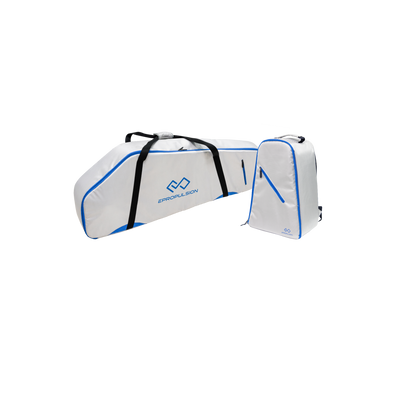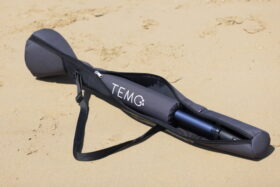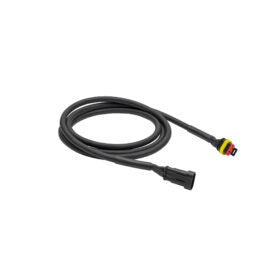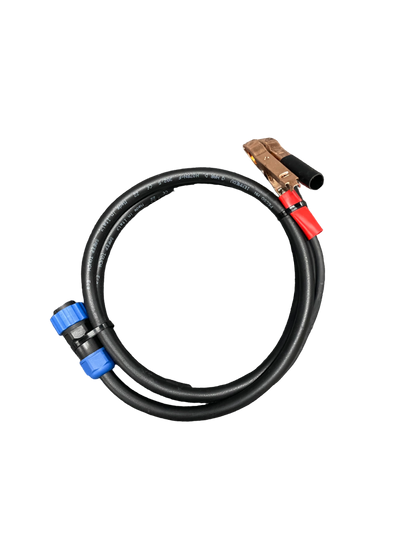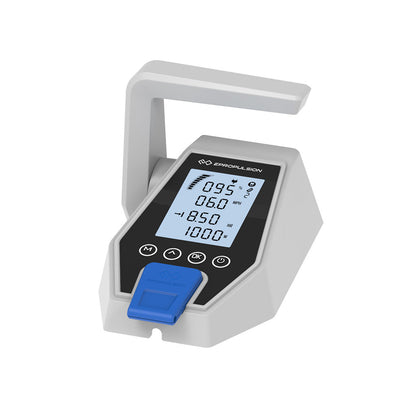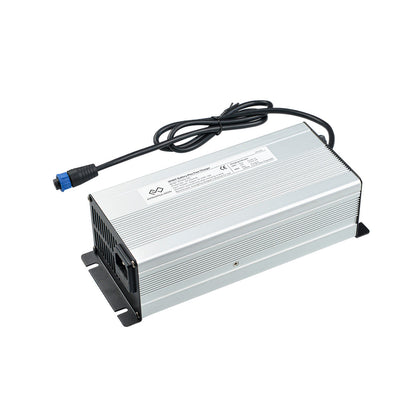Outboard Accessories
Outboard engines can provide you with enough features to operate boats safely and effectively, but what about those times when you need additional equipment to make them more convenient?
Outboard Motor Accessories
The good news is that outboard motors come with many accessories designed to solve this very problem! We've put together this guide to help you understand some of the most popular outboard motor accessories so that you can choose the ones that will work best for your needs.
Marine Parts And Accessories
Marine Parts and accessories for outboards are essential to getting maximum performance from your motors. It's also a good idea to check warranties to have some extra protection when you use a part on your engine. There is nothing worse than buying something only to realize it isn't working or breaking after a few uses. Read the article to ensure that everything goes smoothly with installing new boat parts and accessories.
Remote Control Box
The remote control box is an on/off switch that lets you start and stop your electric outboard—once installed, simply hit on and watch as your motor starts up. You can also engage reverse with one easy-to-reach button located right on top of the unit. Those who love to spend time at the bay or lake, cruising on their inflatable boat or catamaran but don't want to handle a long pole are sure to love the convenience of a Remote Control Box.
Instruments for Outboard Motors
How they work and (how to) choose them: Outboards are usually very easy to install, clean, and operate. Knowing which accessories you need for your outboard motor can be somewhat tricky if you don't know much about these types of engines. That's why we put together a short guide for understanding what kind of accessories your outboard will need to run correctly. Here is our take on how these motors function and how to pick up some essential gear to make sure yours runs smoothly.
Voltmeter
Voltmeter allows you to determine if your battery is charged and whether or not it's fully charged. If your voltmeter does not have a light that lets you know when it's fully charged, make sure to get one so that you never run your motor with a weak battery!
Tachometer
Next, you'll need a tachometer. This will measure how many spins per minute your motor is running. You'll need to have one of these because they can easily overheat if they run too fast and will quickly break if they are not in good condition.
Fuel Gauge
If you don't already have a fuel gauge, it's highly recommended that you get one. Most outboards come with them, but you should strongly consider getting one if yours doesn't. It will tell you exactly how much fuel your outboard has left and will prevent you from accidentally running out of gas! In addition to saving yourself from potential damage and problems down the road, buying a fuel gauge for your motor is relatively inexpensive.
Trim Gauges
Next, find trim gauges. These are used to adjust how fast or slow your outboard goes once you set its speed initially. They are sometimes required by law in the specific country location where laws prohibit boats from going too fast within particular zones or areas of water bodies.
Batteries
Batteries for outboard motors are an essential tool for powering your motor. Unfortunately, these batteries can be damaged if you don't maintain them properly, so make sure you do all you can to ensure long battery life.
Propellers
Outboards can be equipped with various propellers, all of which are unique. There are two main propeller categories, fixed pitch and variable pitch. Fixed pitch propellers feature a permanently set-prop at a certain number of degrees. Variable pitch refers to propellers with variable-pitch settings that allow users to change between multiple settings for maximum efficiency based on water conditions and other factors. There is also essential to consider the material propellers are made of. Most commonly manufacturer use aluminum and stainless steel.
Aluminum
Aluminum propellers are among the most commonly used, and they offer several benefits. These propellers are lighter in weight than other materials, which means they reduce stress on an engine when changing direction or turning.
Stainless Steel
Stainless steel propellers offer several advantages over aluminum and other materials. Stainless steel is a solid material that resists corrosion, so you can spend more time out on your boat without having to worry about maintenance. It also lasts longer than aluminum, which means you can use stainless steel propellers for years before having to replace them.
Other propellers include fibreglass and bronze, but they aren't as commonly used or widely available.
Amount of Blades
There are two types of propellers: single and multiple. Single-blade propellers feature one blade that moves through water to provide thrust. In contrast, multiple-blade propellers use two and more blades to make less surface contact with water, making them more efficient.
When Buying
When shop for propellers, ensure that you're getting a quality product from a reputable seller fro a reasonable price. A high-quality propeller will not only last longer but will also deliver more efficient performance. This can mean saving money and energy in gas costs over time. It can also help you get to your destination safely, which is why choosing quality products is essential.
Maintenance Kits
Outboards require routine maintenance. An excellent first step is to purchase a kit that contains a small screwdriver and Allen wrench, along with spark plugs, fuel filters, oil filters, and various gaskets. If you're having difficulty identifying what's broken on your outboard motor, ask someone at your local store for help or buy an owner's manual that details what each component does. By familiarizing yourself with engine parts and their functions, you can troubleshoot issues more effectively.

